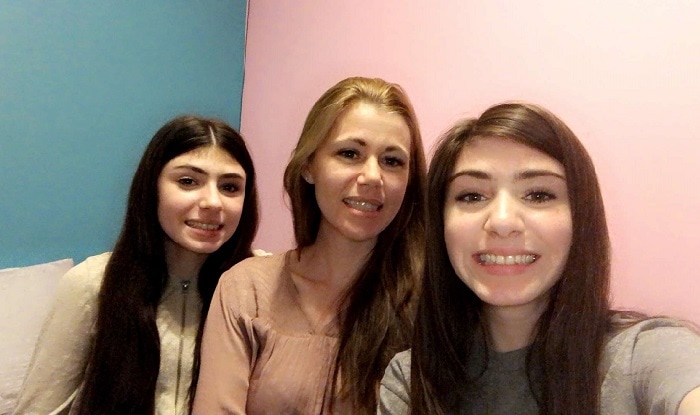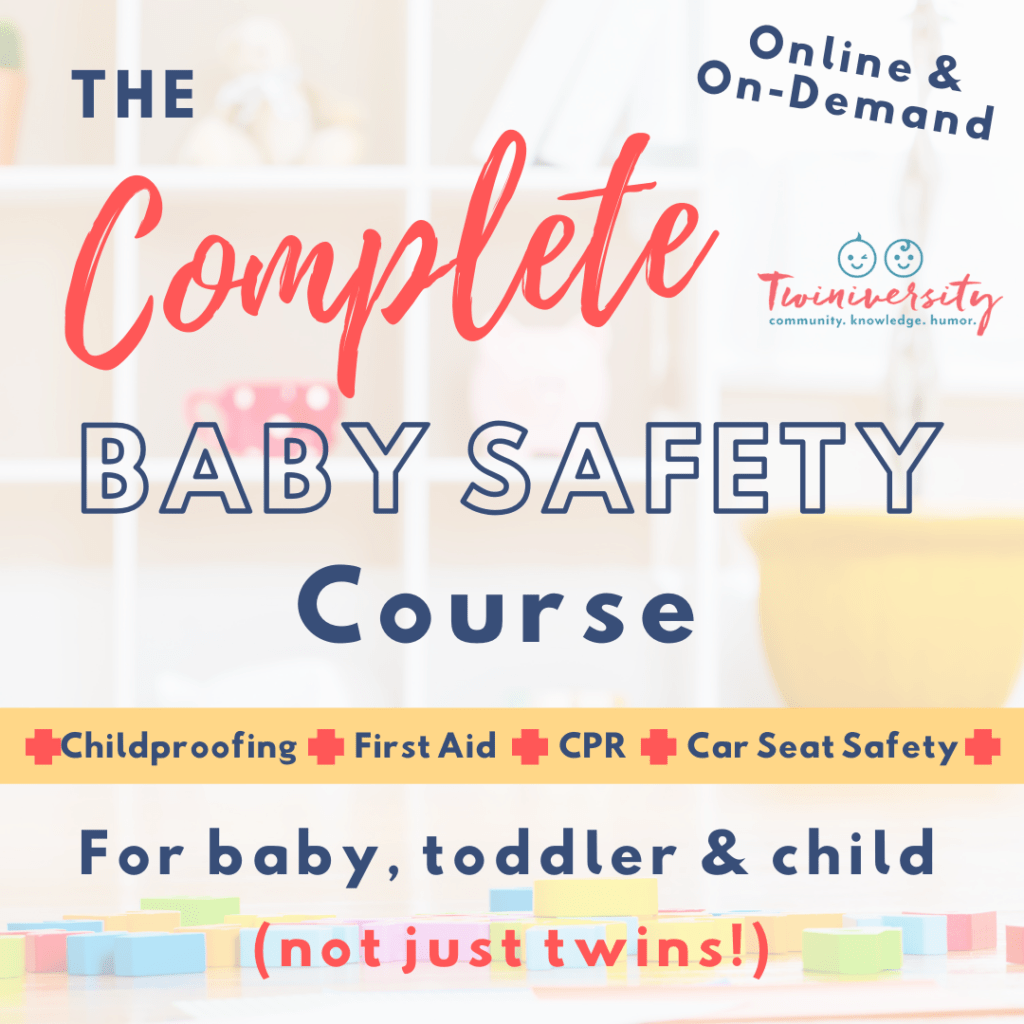Last updated on February 3rd, 2024 at 09:53 pm
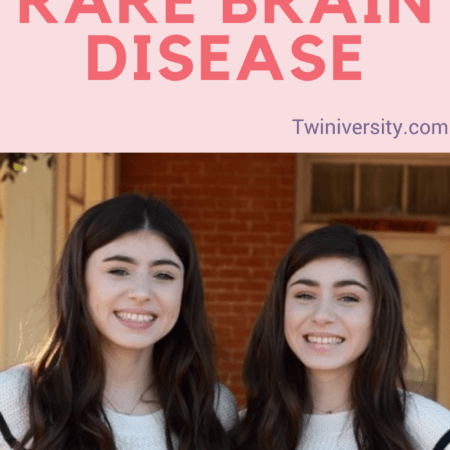
Struggling with a rare diagnosis? Learn how one twin mom handles her identical twins’ diagnosis of familial cerebral cavernous malformations disease and back-to-back brain surgeries.
My girls were on their second day of pandemic in-person high school on October 15, 2020, when I got a frantic phone call from the school. My 16-year-old daughter Kaydence had a seizure. An ambulance was on the way to rush her to the hospital. My heart dropped into my stomach and the room started spinning. I jumped in the car and raced to the school to pick up Kendall (her identical twin sister) and we rushed to the hospital to meet the ambulance. Kaydence was now conscious and didn’t remember what happened. A series of tests were completed, including a CT scan, which the ER doctor believed showed calcification on her brain.
They transferred Kaydence to Phoenix Children’s Hospital and the neurosurgeon on call at the Barrow Clinic ordered an MRI to get a better look at her brain. She and I spent all afternoon and most of the evening wondering and waiting. Doctor after doctor came in to poke, prod, and question my girl. Remember the pandemic, folks? Yeah, it was just the two of us all day in there. No extra people allowed. Not her dad, not her twin. Just her and I.
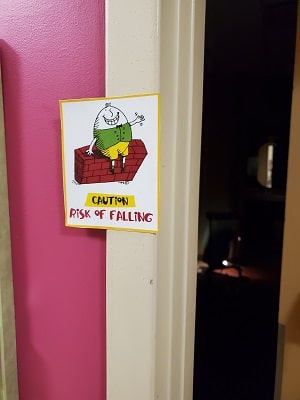
Familial Cerebral Cavernous Malformations diagnosis
By 10 pm, we were awaiting a room for the night and the neurosurgeon, Dr. David Shafron, came in to see Kaydence. He put his bag down, opened his laptop, and sat down with us, showing us picture after picture of her brain. He explained that she had familial cerebral cavernous malformations.
Cerebral cavernous malformations are rare, capillary-venous malformations characterized by closely clustered irregular dilated capillaries that can be asymptomatic or that can cause variable neurological manifestations such as seizures, non-specific headaches, progressive or transient focal neurologic deficits, and/or cerebral hemorrhages. …Familial cerebral cavernous malformation (FCCM) represents about 20% of all CCM cases with an estimated prevalence of 1/5,000 -1/10,000 and is therefore rare. A strong founder effect has been found in Hispanic-American CCM families.
Orpha.net
She had a total of six lesions, one of which was causing her symptoms, two of which would be “troubling” and in “eloquent” locations. It turns out that the fleeting numbness she had felt in her face for the last month (that I knew nothing about until she told the surgeon) was actually a sensory symptom of a hemorrhage. My baby’s brain was bleeding.
This man literally spelled everything out for us. He told us he would present her case at a conference the following Tuesday to see about a course of action. Meanwhile, they would admit her to stabilize her, get her on medication, and release us the next day if possible.
Dr. Shafron advised us that surgery was likely, wrote down his cell phone number, and warned that her identical twin very likely had the same disease and we should get her scheduled for scans to begin monitoring.
Over the course of the next two months, I spent every free moment looking into cerebral cavernous malformations (CCM) disease. I initially came up with just a few medical journal articles. After a deep dive at 3 AM, I finally uncovered the motherload of CCM info when I found the Angioma Alliance website. This site had answers to questions I didn’t even know to ask. They listed specialists and facilities they recommend. There’s a whole section on Familial Cerebral Cavernous Malformations.
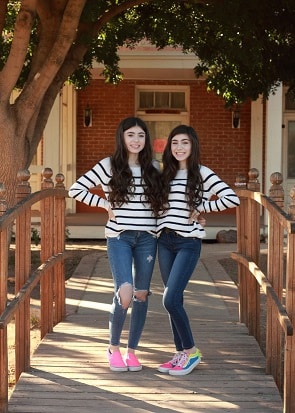
There Is Hope for Cerebral Cavernous Malformations
Through the Angioma Alliance I found out about Dr. Michael Lawton at Barrow Clinic, just down the street from Phoenix Children’s. Dr. Shafron helped me get all of Kaydence’s records over to Dr. Lawton and he agreed that the risks of not doing surgery quickly were too great.
Kaydence had her first (and hopefully last) craniotomy on December 15, 2020. Her surgery was supposed to last 6 or 7 hours, so when Dr. Lawton and Dr. Shafron (we got him to assist since Kaydence had grown so fond of him) walked into the waiting room almost 2 hours early, I literally felt like I might be having a heart attack. They sounded like they were speaking through a tunnel and my vision was darkening. I was completely panicked that they came in so early.
It took me a few seconds to realize they were saying the surgery went perfectly! They removed two lesions on her brain that were located right next to one another. She was going to be OK. I was so relieved that I broke down in tears. To this day, I can’t quite describe the weight that lifted off my shoulders at that moment.
I Facetimed her twin to let the family know Kaydence was out of surgery and doing OK. A short while later, the nurse came to get me. I hurried him along to get to my girl and before I could even set my bag on the floor her eyes opened and she reached out to me.
In all of my life, I will never forget that moment. She looked so scared and helpless. It just goes to show that whether you are six or 16, sometimes you just need your mom.
Is your child starting school with a disability? See how one MoM sent her son to school with an oxygen tank and check out her advice for advocating for you little one!
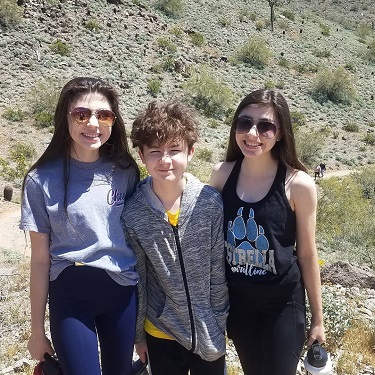
This Girl’s a Fighter
I watched my determined girl fight her way back to normal for weeks; from not being able to hold her left arm up at all to tying her own shoes. I watched her go from unable to sit up to walking down the stairs alone in the morning. All in under two months’ time.
Kaydence was released from the hospital three days following her craniotomy with strict rules. Her doctors ordered no climbing stairs, sit to shower, no being alone, no walking alone, wear a gait belt at all times, sleep at a 30-degree incline, and sleep as much as possible. Kaydence was discharged from physical therapy about seven weeks after surgery. She is still in speech therapy and occupational therapy. We don’t know for how long she’ll be in therapy or how much damage can be undone. We are hopeful that this is the last she will see of an operating room, but no one knows what the future will bring.
Do you have a child with a disability? See how one twin mama deals with having one disabled twin.
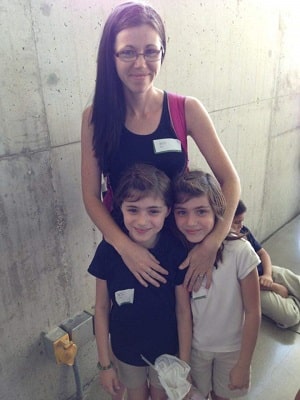
Brain Surgery for Kendall
What we do know is that our family is doing it all over again. Kaydence’s twin sister Kendall was diagnosed with familial cerebral cavernous malformations and a brain bleed in her frontal lobe exactly one month after Kaydence’s surgery. Dr. Lawton is recommending surgery. It seems that frontal lobe lesions more commonly cause seizures than many other locations. It is a risk to “wait and see”, since it seems that this bleed is not her first. She has six lesions, with three “of concern” to be watched.
Here are the facts that we considered about CCM when deciding if Kendall should have surgery:
- once a lesion bleeds, it is more likely to bleed again
- one in three lesions will have a second bleed within five years
- seizures and other symptoms may not be reversible with surgery
- a seizure isn’t even the worst thing that could happen with CCM
For those reasons, we have agreed to surgery on March 4th for Kendall with Dr. Lawton. Again, Dr. Shafron will assist. On the one hand, I know it is the right thing to do. I do NOT want to play games with my 16-year-old daughter’s brain and her life. On the other hand, I HATE the fact that my 16-year-old girls both have to go through something most adults never even have to deal with in their entire lives.
Kendall is anxious to get the surgery over with but understandably scared about the procedure. It’s brain surgery. She would be a fool not to be scared. I just wish she didn’t have to be. Mostly, I wish we could wake up from this nightmare.
Are you facing an autism diagnosis? See how one twin mom copes with this diagnosis and has learned to look for the moments of peace and respite.
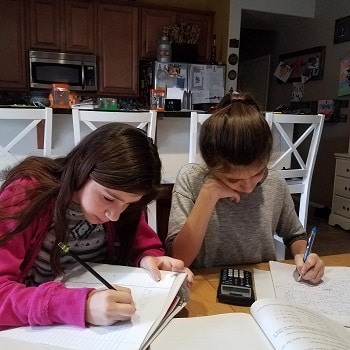
Our New Life With CCM
But we can’t wake up. It’s real. It’s our life. I have to find a way through this. I have to find a way to be strong for my girls. They are taking their cues from me. I hope I am teaching them that it is OK to be scared. It is even OK to be mad and bitter. But we don’t want to live in those feelings. We want to move forward. Mourn the loss of what we had hoped for while appreciating what we do have. Cry on the floor of your closet in the night and put on a smile before your follow up at the surgeons’ office in the morning. This is what we do now. It’s who we are.
What we do have is one of the best neurosurgical teams that insurance can buy. We have a great support system in our family, friends, and here at Twiniversity. We have much more than so many others. I am reminded of this daily when I look at the National Organization for Rare Disorders and see how many children are suffering in unimaginable ways.
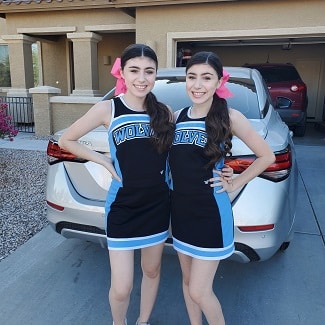
How Did My Twin Daughters Get Cerebral Cavernous Malformations?
My 16-year-old girls were both diagnosed with a rare brain disease called familial cerebral cavernous malformations (CCM). This is a disease most have never heard of. It has no cure and the only treatment is surgical resection.
CCM causes small vascular malformations in the brain. My daughters’ have the familial kind which is genetic and rarer. This means that they got the disease from either myself or their father. It has an autosomal dominant pattern of inheritance, meaning that only one copy of the altered gene is required in order to pass down the disease.
The fact that they have the genetic type of this disease means that they have multiple malformations. It also means that they will grow more malformations throughout their lives and the ones they currently have may grow in size.
The disease can cause headaches, seizures, strokes, paralysis, dizziness, nausea, mood changes, learning disabilities, vision changes, blindness, weakness, hearing loss, numbness, difficulty speaking, and sensory changes among many other things.
Need some baby safety training? Take the Twiniversity Complete Baby Safety course, offered on-demand. Includes video modules on infant, toddler, and child CPR, first aid, and common medical ailments, plus car seat installation and safety and childproofing your home. Click here to learn more!
You Don’t Have to Do It Alone
In October 2020, we got a life-altering rare disease diagnosis for our identical twin girls. Our story was shared on the Rare Mamas website after I stumbled upon it while looking for anyone who could help me with the feelings of loss and hopelessness I was facing. Nikki McIntosh took so much of her time to send me resources and be a sympathetic listening ear, despite her own child’s struggles. Her site has been a great resource for me. Check out more of our story at the Rare Mamas site.
If you are struggling to accept this or another rare diagnosis for your kids, you aren’t alone. Reach out to those who have been there before you like me at Megan@twiniversity.com or find a support group on Facebook specific to your child’s diagnosis. You’ve got this!

Megan Loden is a stay home home mom to twins — identical 14 year old girls — and an 11 year old son. She, her husband, and kids live just outside of Phoenix. Her writing can also be found on Bluntmoms, and scarymommy. Follow her on Facebook, Instagram, or Twitter.

